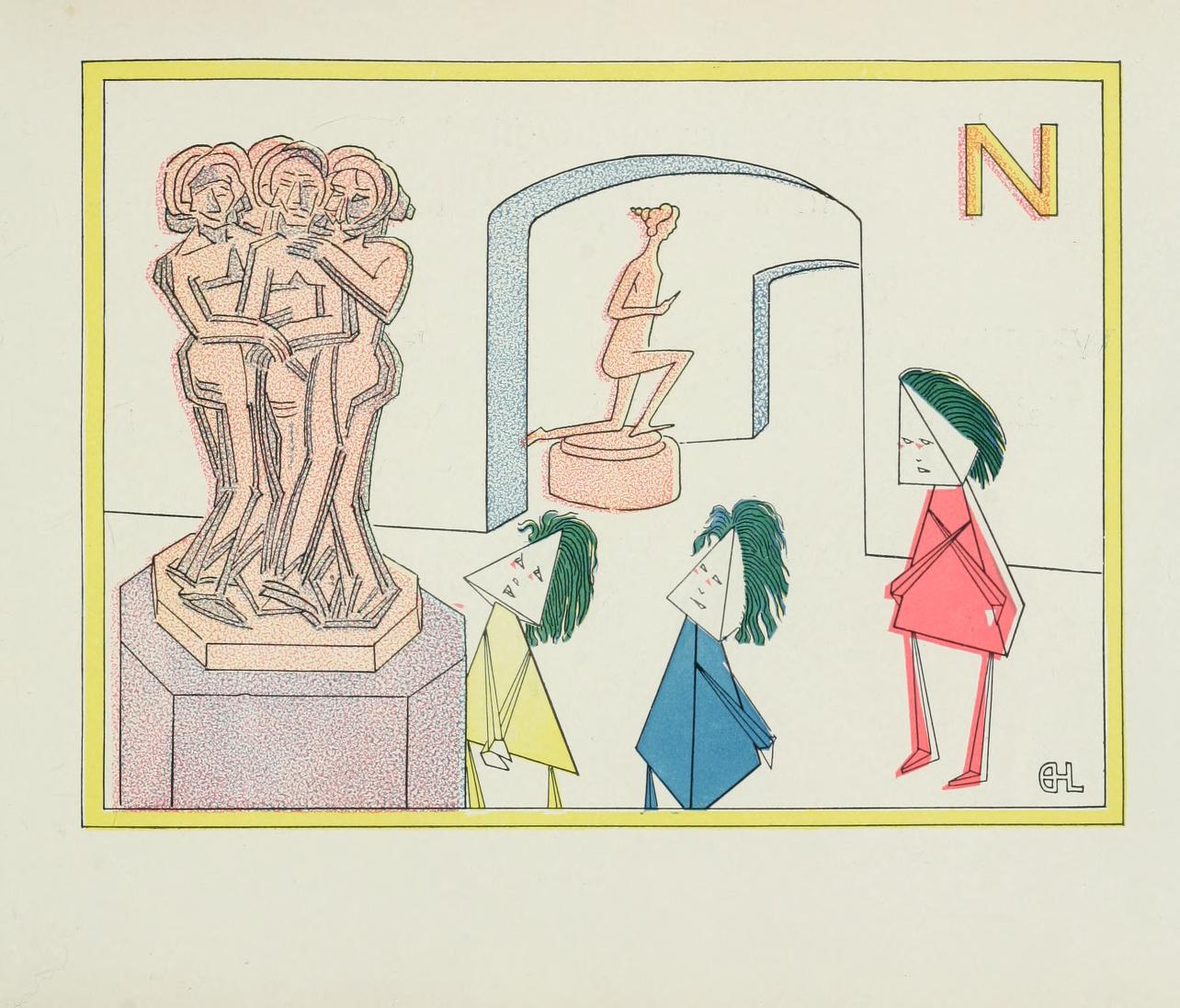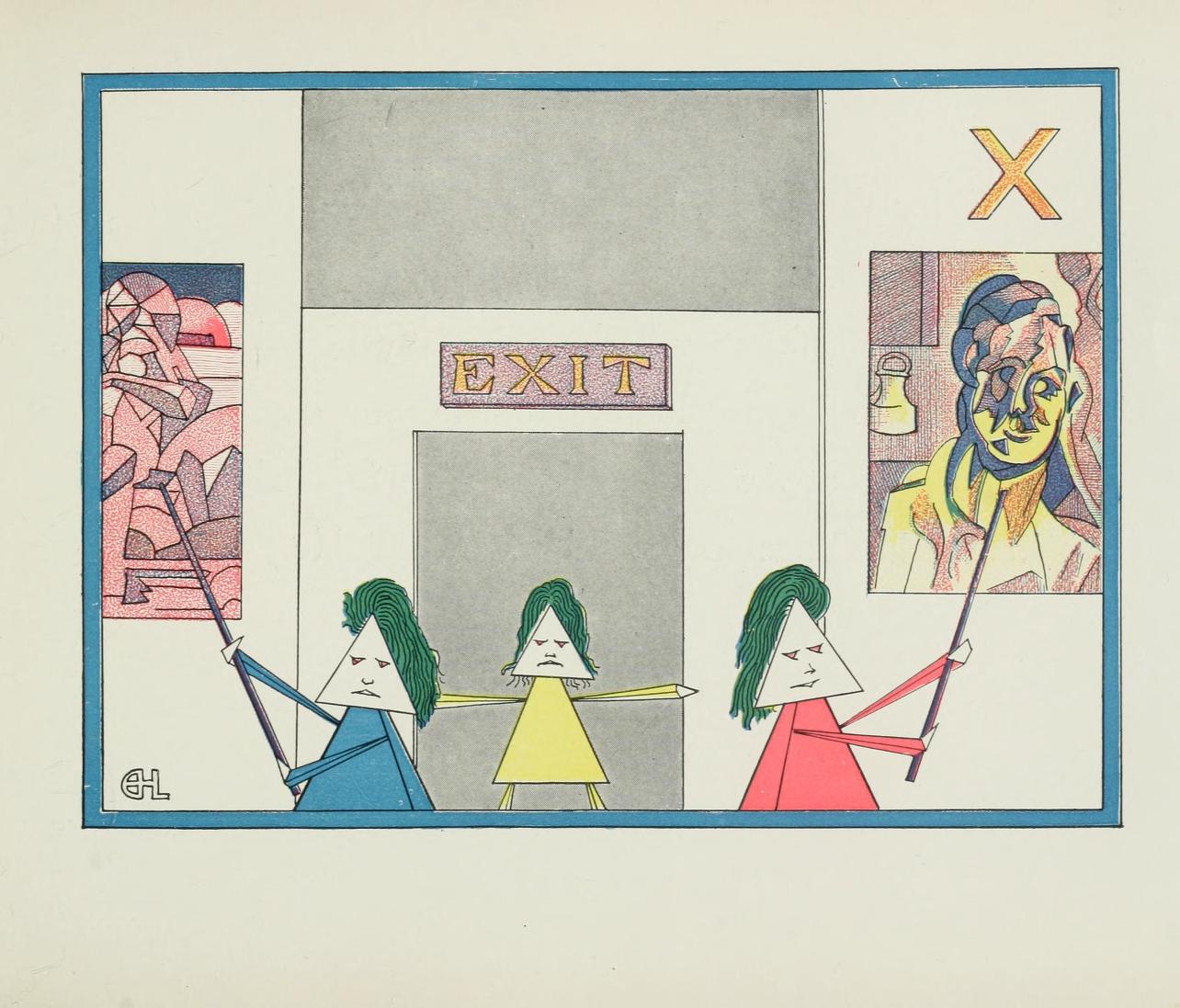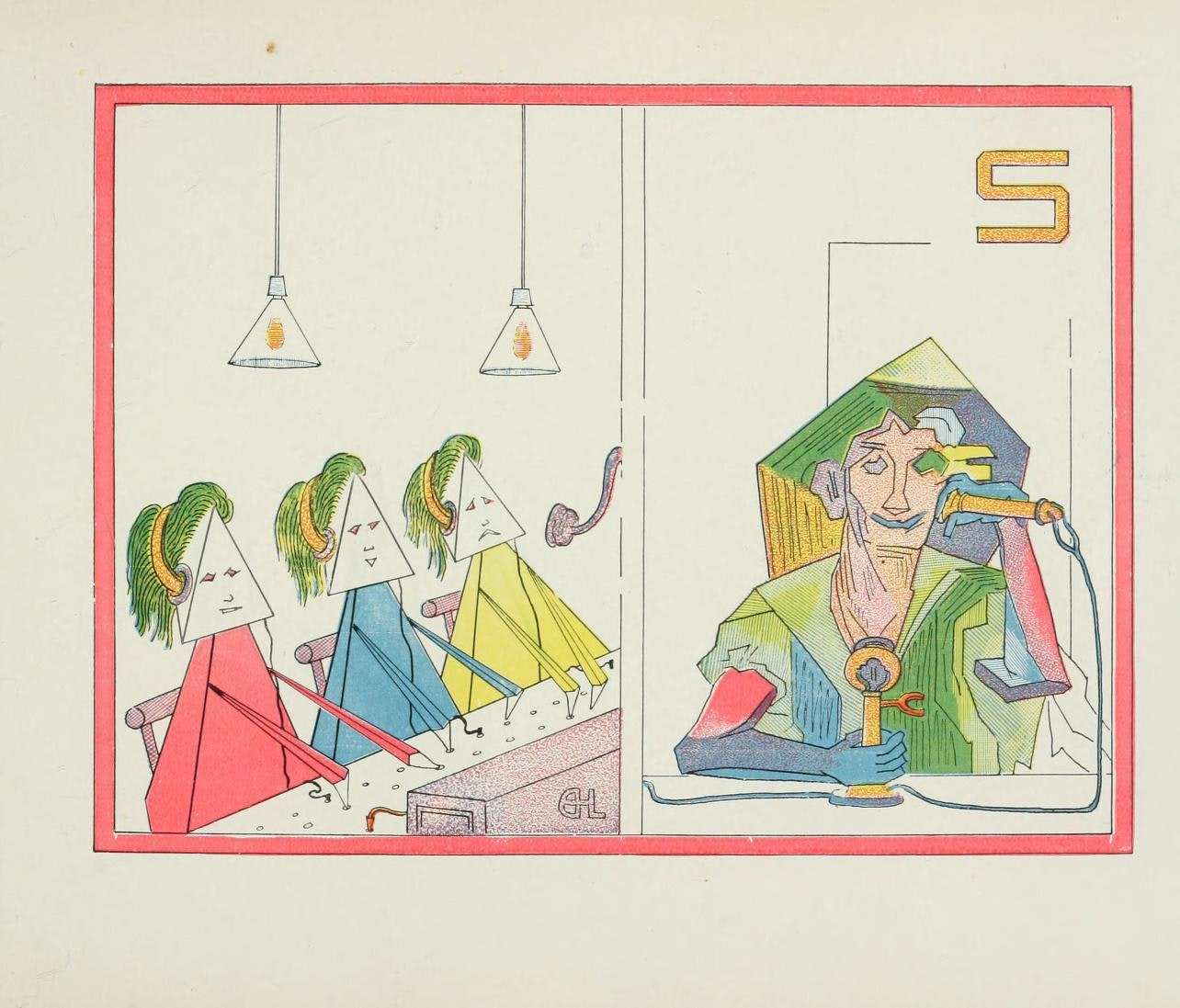Jackson Pollock was described as an “action painter,” a label that surely wouldn’t have stuck if the public never had the chance to see him in action. In that sense, only the era of photography could have produced an artist like him: not just because that technology pushed painting toward abstraction, but because it could disseminate images of the artist himself far and wide. One photographer did more for this cause than any other: the German-born Hans Namuth, who despite a lack of initial interest in Pollock’s work nevertheless took up the challenge of capturing his creative process — and thereby doing much to craft the artist’s image of raw, intuitive and individualistic physicality. Namuth accomplished this even more memorably with a motion picture: the short “Jackson Pollock 51,” which you can watch above.
After attempting some shooting at the artist’s East Hampton, Long Island home,“Namuth was unhappy about having to choose between focusing on the painting or on Pollock,” as the New York Times’ Sarah Boxer puts it. “He wanted to catch painter and paint at once.” Namuth eventually hit upon a solution: “The painting would have to be on glass, and I would film from underneath.”
The film first shows Pollock painting more or less as usual (albeit outdoors, to obviate the need for lighting), and in laconic voiceover the artist describes his development and process. “I can control the flow of the paint,” he says. “There is no accident, just as there is no beginning and no end. Sometimes, I lose a painting.” Indeed, he admits, “I lost contact with my first painting on glass, and I started another one.”
This hints at the rigorous standards — and standards entirely his own — to which Pollock held his work. But he also left his second glass painting to ruin, having by some accounts entered personal and professional freefall immediately after he and Namuth wrapped this shoot. The two got into a shouting match that night, accusing one another of phoniness; at its height, Pollock action-painted the dining-room floor by overturning the laden dinner table in anger. “According to Pollock lore, his relationship with the camera was a Faustian bargain,” writes Boxer. “After that night [with Namuth], Pollock never stopped drinking.… Six years later, bloated, depressed and drunk, he drove his car into a tree, killing himself and a friend.” “The implication is that Namuth killed Pollock, that the photographs stole the artist’s ‘savage’ spirit. In doing things for the camera that he once did more spontaneously, Pollock came to feel he was indeed a phony.” But it’s also thanks to Namuth, too-active a director of the action though he may have been, that we can look at a Pollock canvas today and so vividly imagine its creation.
Related Content:
Watch Portrait of an Artist: Jackson Pollock, the 1987 Documentary Narrated by Melvyn Bragg
The MoMA Teaches You How to Paint Like Pollock, Rothko, de Kooning & Other Abstract Painters
Dripped: An Animated Tribute to Jackson Pollock’s Signature Painting Technique
Vintage Footage of Picasso and Jackson Pollock Painting… Through Glass
How the CIA Secretly Funded Abstract Expressionism During the Cold War
Based in Seoul, Colin Marshall writes and broadcasts on cities, language, and culture. His projects include the Substack newsletter Books on Cities, the book The Stateless City: a Walk through 21st-Century Los Angeles and the video series The City in Cinema. Follow him on Twitter at @colinmarshall, on Facebook, or on Instagram.















